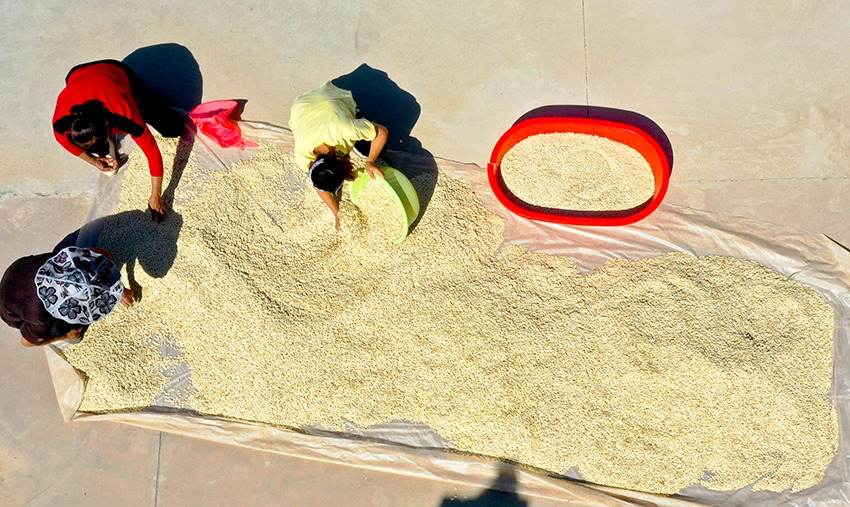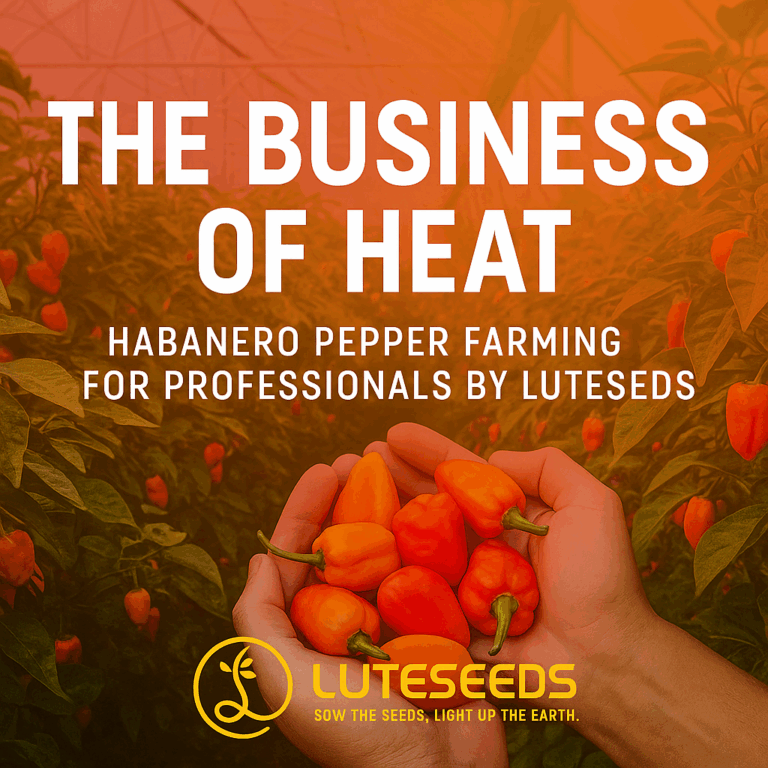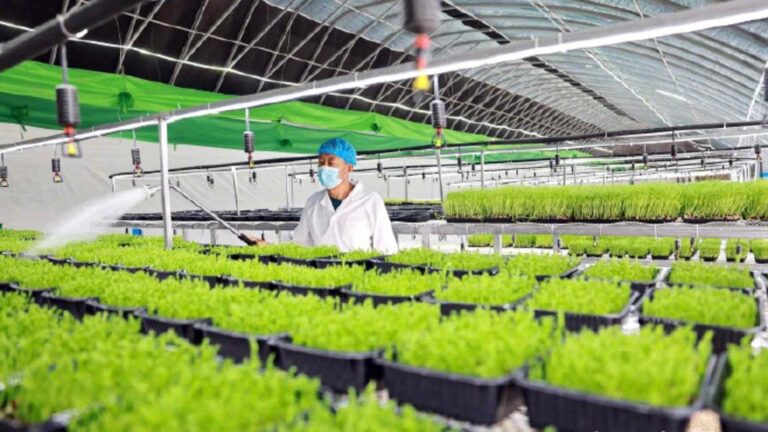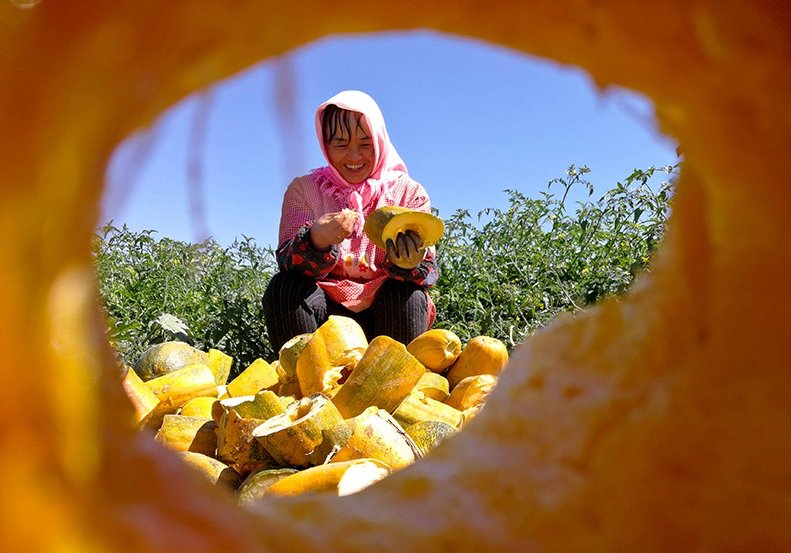
At Luteseeds, a trusted hybrid vegetable seeds supplier, we believe that every strong harvest begins with high-quality seeds. Behind every packet of seeds is a careful process of cleaning, sorting, and testing to ensure growers receive only the best. As a professional seed company in China and a global hybrid vegetable seed company, our mission is to provide farmers, distributors, and international partners with premium hybrid seed varieties that deliver consistent results.

vegetable seeds watermelon seeds
Seeds harvested from the field are never 100% pure. Along with good seeds, there are always unwanted materials—such as broken seeds, weed seeds, soil clumps, and plant debris. To ensure high-quality planting material, these impurities must be removed through seed processing.
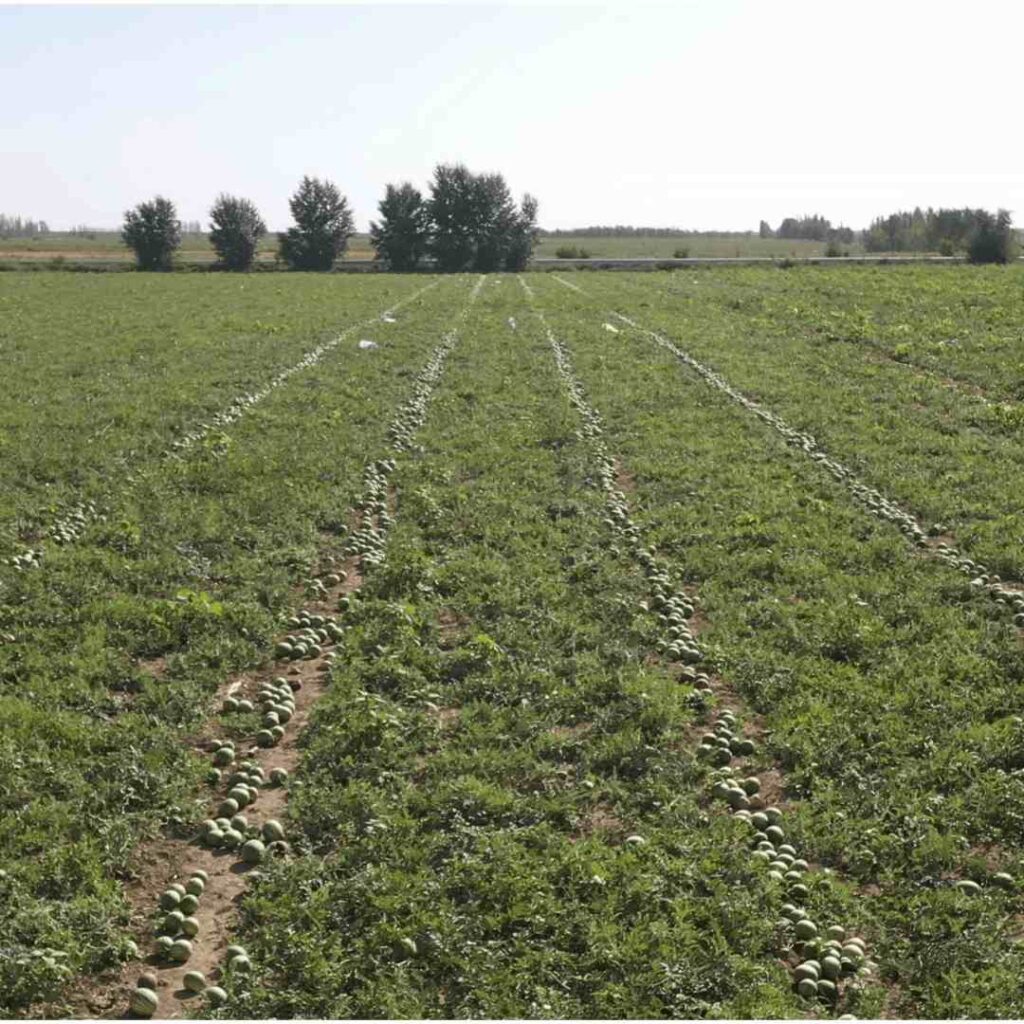
Why Seed Processing Matters
The purpose of seed processing is simple:
- Remove impurities and contaminants
- Improve seed purity and quality
- Extend storage life and protect seed vigor
- Meet national and international seed certification standards
Clean, pure seeds not only germinate better but also give farmers healthier, more uniform crops.
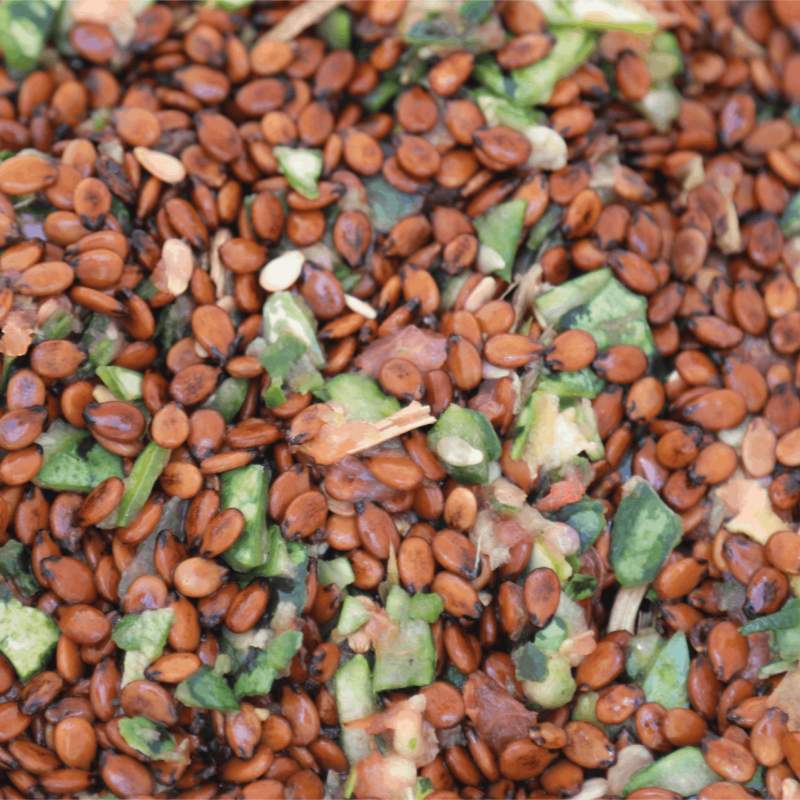
Methods of Seed Processing
Seed processing uses specialized equipment to separate seeds from impurities based on physical properties such as size, shape, density, and texture. The two main processing methods are:
1. Dry Seed Processing
Used for crops where seeds naturally dry inside pods or capsules, such as beans, peas, broccoli, lettuce, onions, and okra.
- Signs of maturity: Seed pods turn from green → yellow → brown/black.
- Harvesting: Seeds are collected before pods shatter and scatter.
- Threshing: Seeds are separated from pods manually or with machines.
- Drying: Seeds are dried in well-ventilated, low-humidity rooms to prevent mold and insect damage.
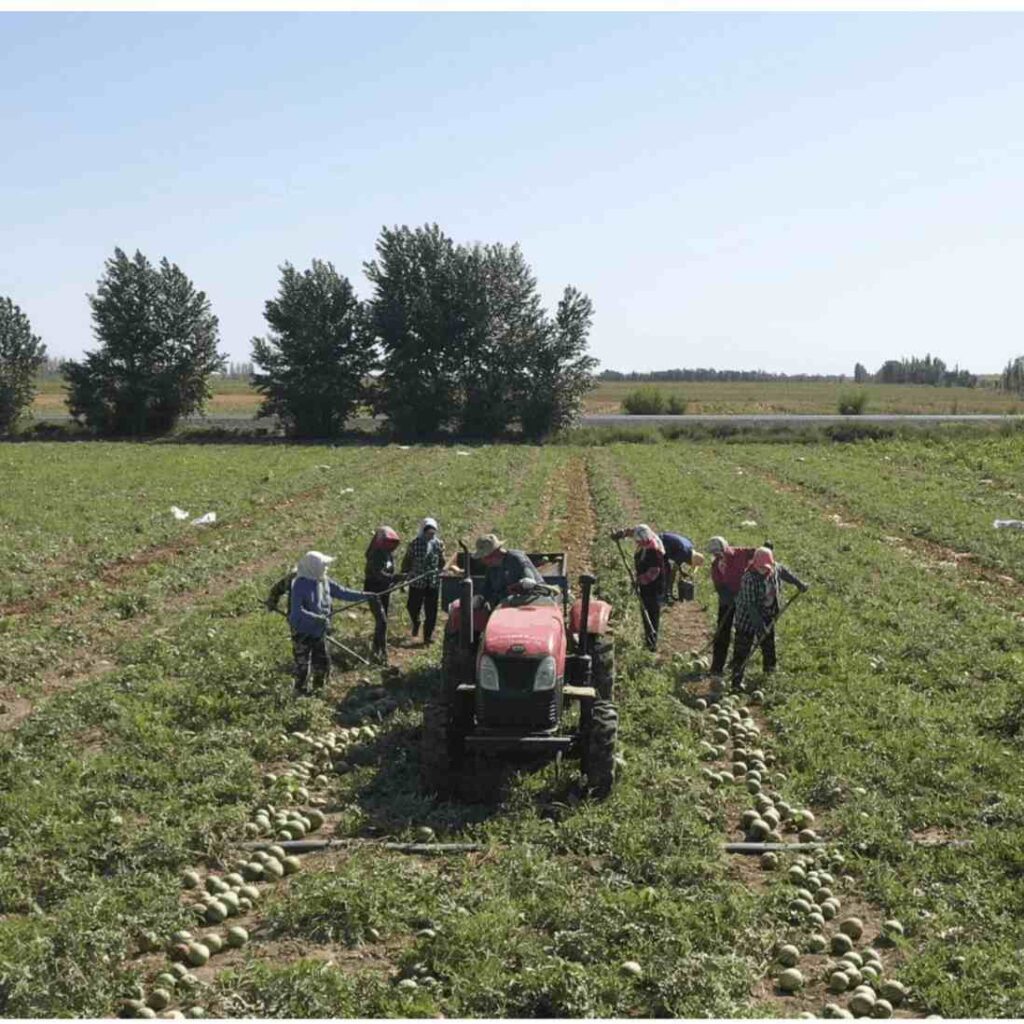
2. Wet Seed Processing
Used for crops where seeds are inside fleshy fruits, such as tomatoes, cucumbers, melons, peppers, and eggplants.
- Extraction: Fruits are cut or mashed, and seeds are separated from pulp.
- Fermentation: Controlled fermentation removes the gel around seeds and reduces seed-borne diseases.
- Washing & Cleaning: Good seeds (heavier) sink while poor seeds float and are discarded.
- Drying: Seeds are carefully dried in thin layers to avoid mold and premature germination.
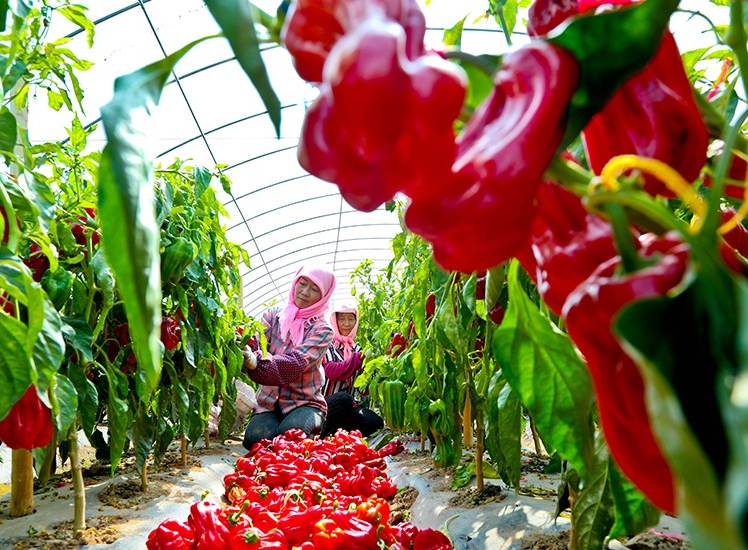
Additional Seed Processing Steps
Beyond cleaning and separating, seed processing also includes:
- Grading: Sorting seeds by size and weight to improve germination and seedling vigor.
- Treatment: Applying fungicides or insecticides to protect seeds from soil-borne diseases and storage pests.
- Moisture Adjustment: Drying seeds to an ideal storage moisture level (usually 8–10%) for longer shelf life.
- Packaging & Labeling: Ensuring correct labeling to avoid mix-ups during handling and storage.

The Goal of Seed Processing
The ultimate objective is to produce clean, vigorous, and disease-free seeds that farmers can trust. Well-processed seeds are easier to plant, store, and handle—and most importantly, they ensure strong crop performance in the field.
We apply strict seed processing standards to deliver only the highest-quality vegetable seeds to growers worldwide.
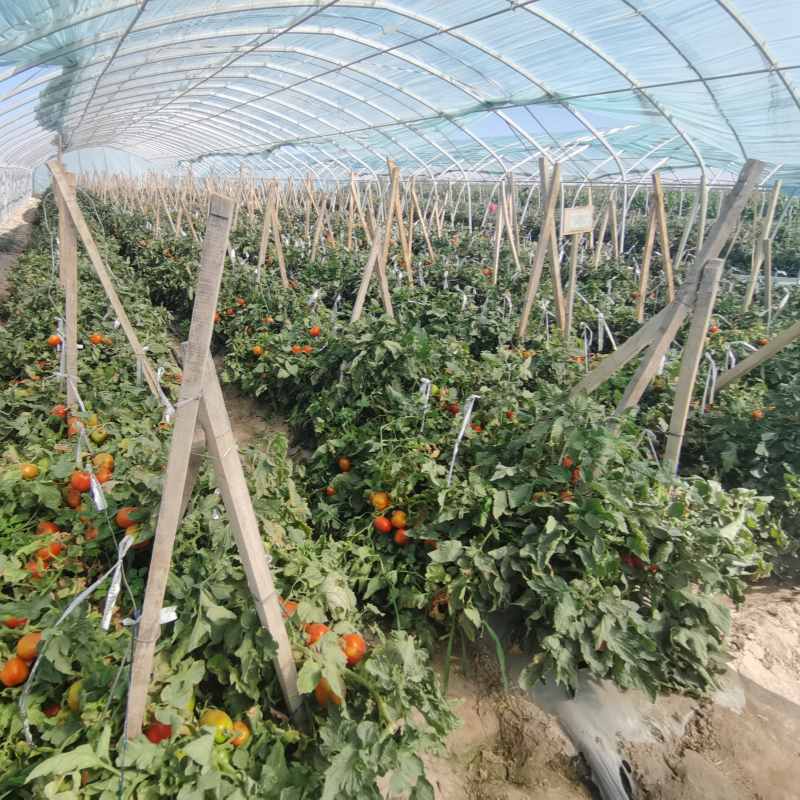
Conclusion
At Luteseeds, our vision is clear: to be a global hybrid vegetable seed company that empowers farmers everywhere. From seed processing to international delivery, we provide not just seeds, but confidence, reliability, and strong yields.
With every seed carefully cleaned, tested, and prepared, Luteseeds stands as a professional seed company in China—sowing the seeds today to light up the earth tomorrow.
